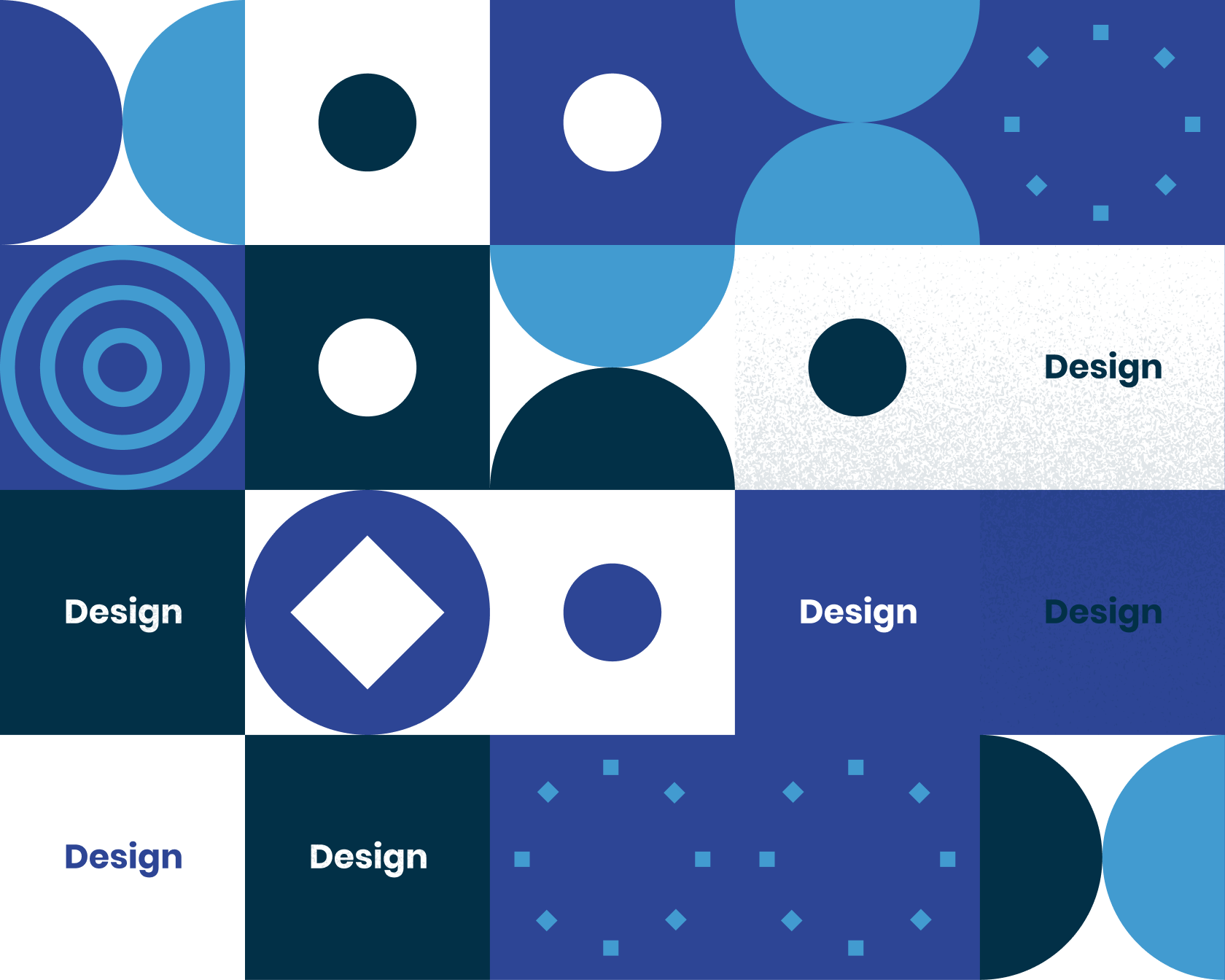The Design Sprint Concepts — BlueRoad
Sprint gives teams an easy way to learn without building or starting. This five-day process aims to solve critical company questions by developing, prototyping, and testing ideas with users.
It has been developed for GV (Google Ventures) and offers a variety of business strategies and innovative techniques in the form of a battle-tested method that everyone can utilize.
Sprint offers powerful methods to activate the whole team's creativity and correct habits.
Working together in sprints, you can speed up stale discussions and squeeze month-to-month meetings in one week. Instead of focusing on the launch of a product for some time, you gain clear insights through simulated prototypes and other testing solutions.
Business leader EV Williams stated that in our faster world, we need design sprints for hatching ideas and defining all the right behaviors that fall into the correct habits.
Prototypes are essential in this world of constant change because they allow you to quickly try something new and get feedback on the concept. If a prototype doesn't work, you've only invested a few days, not months or years. This is the time to test new things, not to focus on launching something.
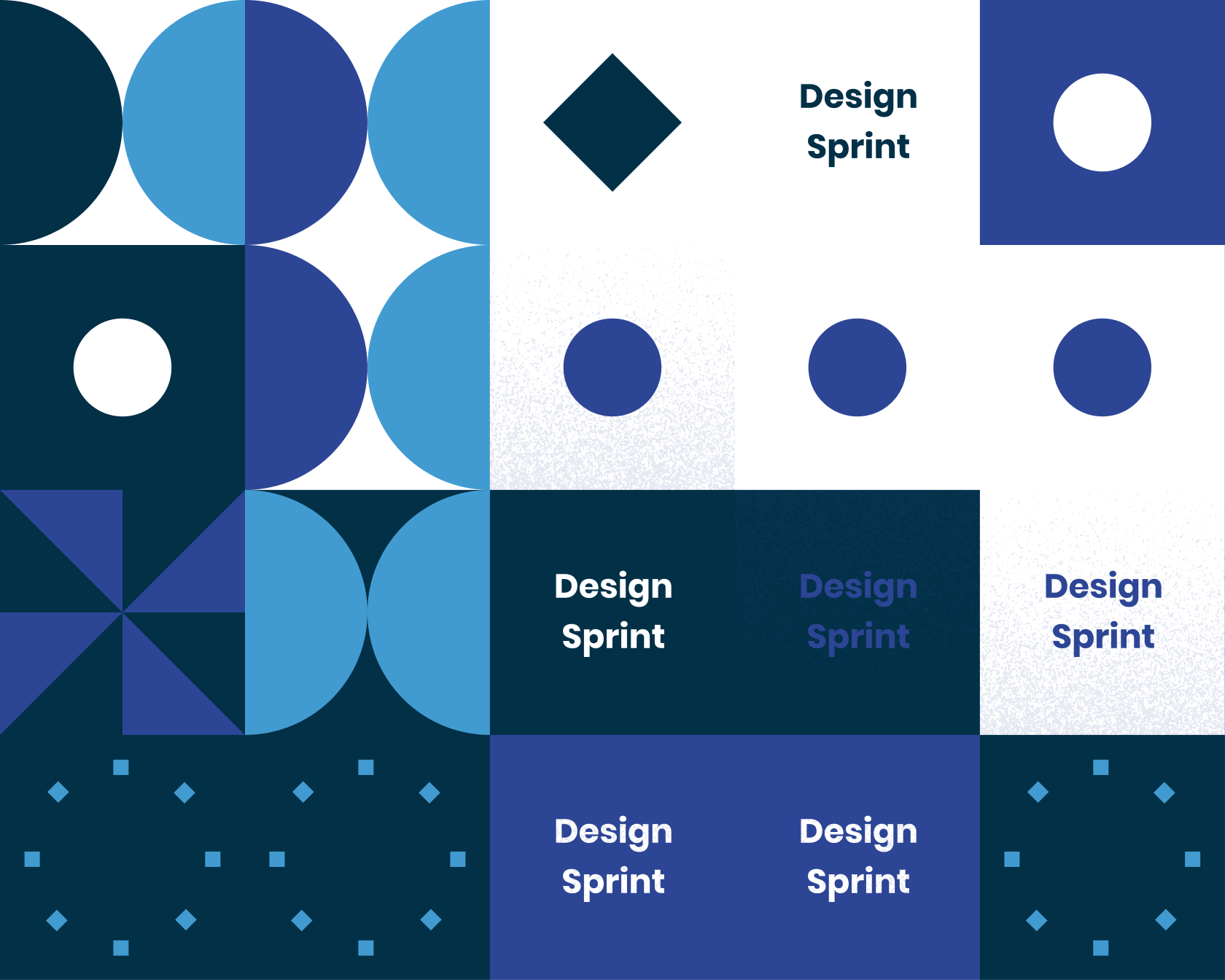
You can measure your interest and desire for your idea, which will better equip you to execute a more formal launch. Testing your prototypes with real customers allows you to understand better what they want and adjust your plans accordingly. If a prototype doesn't work, you can quickly make changes and start the next sprint.
This detailed guide is designed to help you and your team discover the best ideas, test them, and validate assumptions. With this process, you'll have a rhythm that allows you to function like a well-oiled machine and scale your business faster.
Many companies use Design Sprint as a way to prototype ideas quickly. This process includes five steps:
# Understand the problem
# Gather insights
# Ideate solutions
# Prototype and test
# Make improvements
In the first step, you'll need to understand the problem you're trying to solve. The goal is to define a clear problem statement and decide on an outcome that will make your product successful. You should talk with customers, research industry trends, and brainstorm ideas with your team to do this.
The second step involves gathering insights from customers and stakeholders. You'll want to ask questions about their needs and wants and what they like or don't like about existing products in the market. This information will be invaluable when it comes time to ideate solutions in step three. You will do the step by step breakdown of the habits that make all the right behaviors fall to the hands on approach.
In step three of the Design Sprint process, you'll need to come up with creative solutions for the problem at hand. Hatching ideas with your team is key here; there may be more than one solution that could work for your product or service. Once you've identified some potential solutions, step four is time for prototyping and testing.
For prototyping in our faster world, you'll want to create a basic version of your product or service that genuine users can test. You can use wireframes or mockups for this step; once it's ready, get feedback from potential customers on how they like it. This feedback can help inform any changes you might want to make before launching a full version of the product or service in step five.
Finally, in step five of the Sprint process, you can launch a full version of your product or service based on all the feedback gathered during stages one through four. After launch, continue collecting customer feedback and use this data to make improvements over time so your product will meet customer needs and expectations in the future!
Here is some example of how the Sprint process is used to gain insights through prototypes:
1. Define the problem: Start by defining the problem you're trying to solve.
2. Ideate solutions: Brainstorm possible solutions and pick one to prototype.
3. Create a prototype: Create a low-fidelity sprint prototype of your chosen solution using a design tool.
4. Validate assumptions: Test the prototype with users and gather feedback to validate your assumptions about the solution.
5. Refine and improve: Take user feedback into account and refine the sprint prototype accordingly before launching it into production.
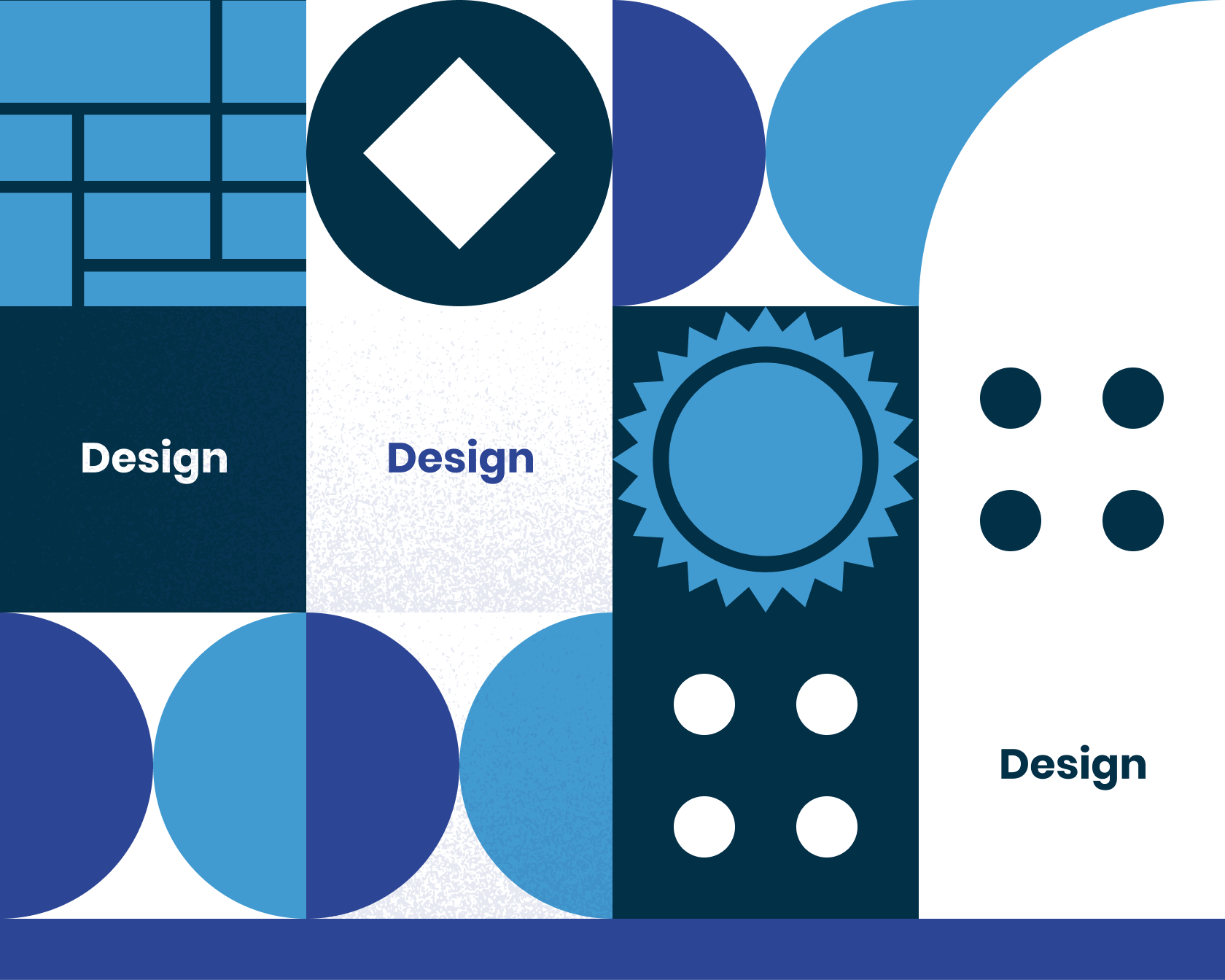
A Sprint Schedule
How the typical Design week is structured:
Day 1: Kickoff meeting and problem definition.
Day 2: Ideation and solution selection.
Day 3: Prototype design.
Day 4: User testing and feedback gathering.
Day 5: Refinement and improvements.
The Sprint process effectively tests assumptions quickly, validates ideas, and saves time in the product development cycle. Following this process, sprint teams can quickly iterate on solutions and launch products faster. Trusting the process, listening to user feedback, and being open to change are essential.
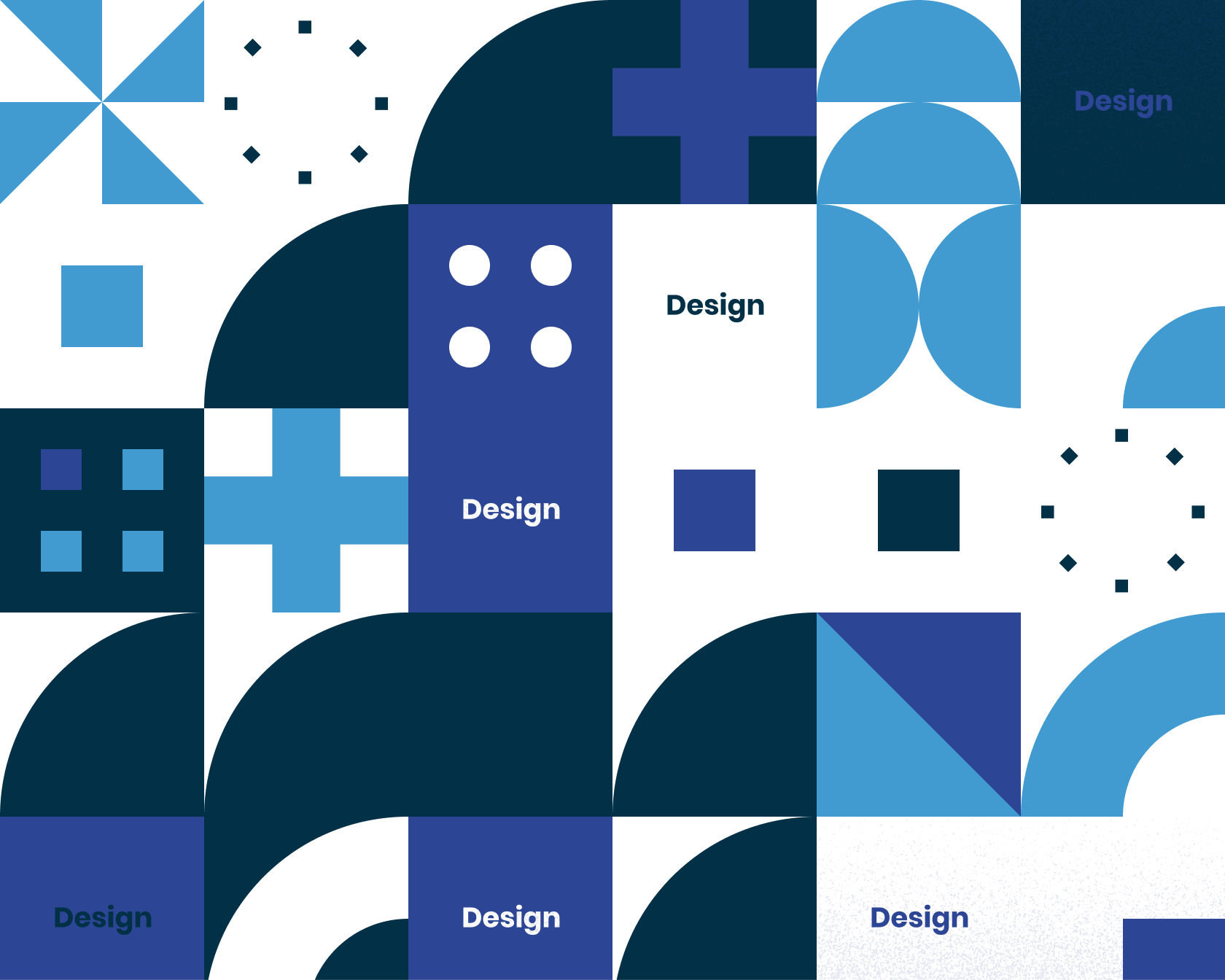
Monday - Sprint starts immediately
The structured discussion on Monday will set up the sprint weekend. The morning begins with your goal: to set a goal for yourself. Then you can create your sprint map. Your firm's experts will share their knowledge later that evening in a private interview. You can then decide what a reasonable goal to tackle within a few weeks.
Tuesday - Sprint begins with inspiration
On Tuesday, we have a day to focus on solving problems and choosing an objective for our sprint. The day begins with inspiration: reviewing existing ideas that need remixing and improving.
After lunch, each person sketches using four steps focusing on critical thinking rather than art. The customer test begins Friday with identifying customers who match the targets of your business.
Wednesday
Your team should have resolved the problem by Tuesday morning. All good, but it has issues. There isn't an easy way of testing everything, but a good sprint plan is necessary.
During this morning's Critique, you will decide which sprint solution will most likely accomplish your desired goals. Then at the end of the day, you will take all your winning scenes and weave them into an impromptu storyboard.
Friday
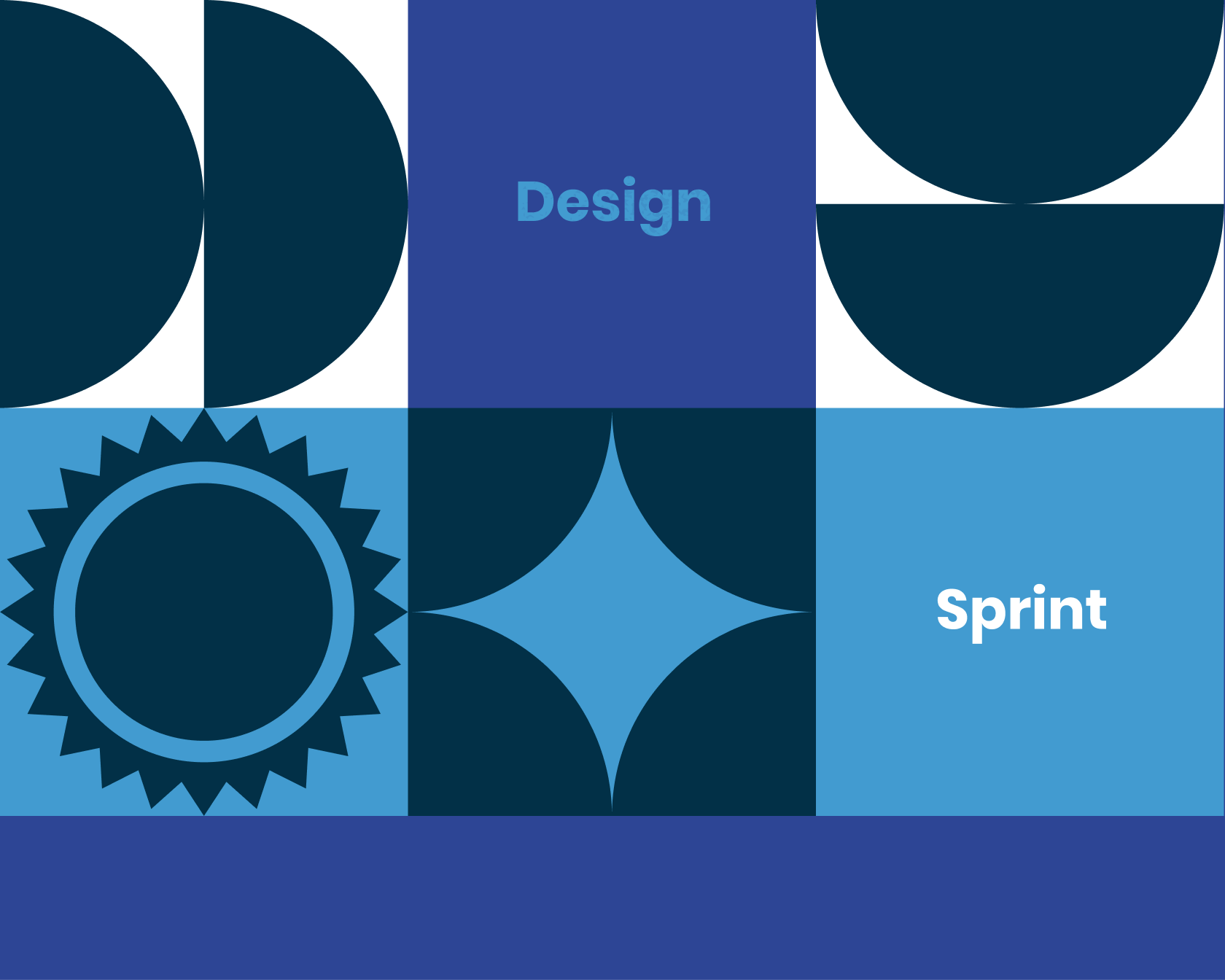
After Sprint - future sprints
After the whole sprint team concludes with reliable results, it is reserved for answering critical business questions defined in the sprint week, testing ideas, conducting Retrospective workshops, and new Iteration future sprints.
A new Sprint starts immediately at the time when it's best for the whole team.
Basic Sprint Resources
Detailed training manuals are provided for each hour. Here we'll show you some easy DIY guides.
1. Set the sprint goal: Establish a clear plan and timeline for your sprint.
2. Identify sprint stakeholders: Identify who will be impacted by your sprint work in the sprint and how they will be involved in the process.
3. Assign tasks to team members who can best help achieve the sprint goals.
4. Schedule meetings with stakeholders to discuss progress, review feedback and adjust the plan as needed.
5. Monitor sprint progress: Track progress through regular check-ins with sprint team members, report on their successes and struggles, and provide necessary resources or support.
6. Celebrate success at individual and sprint team levels by recognizing contributions and celebrating sprint goals achieved throughout the sprint process!
QA
What is the Sprint method?
It involves five days of research, prototyping, and testing sprint ideas from clients and suppliers. GV innovatively developed this business strategy.
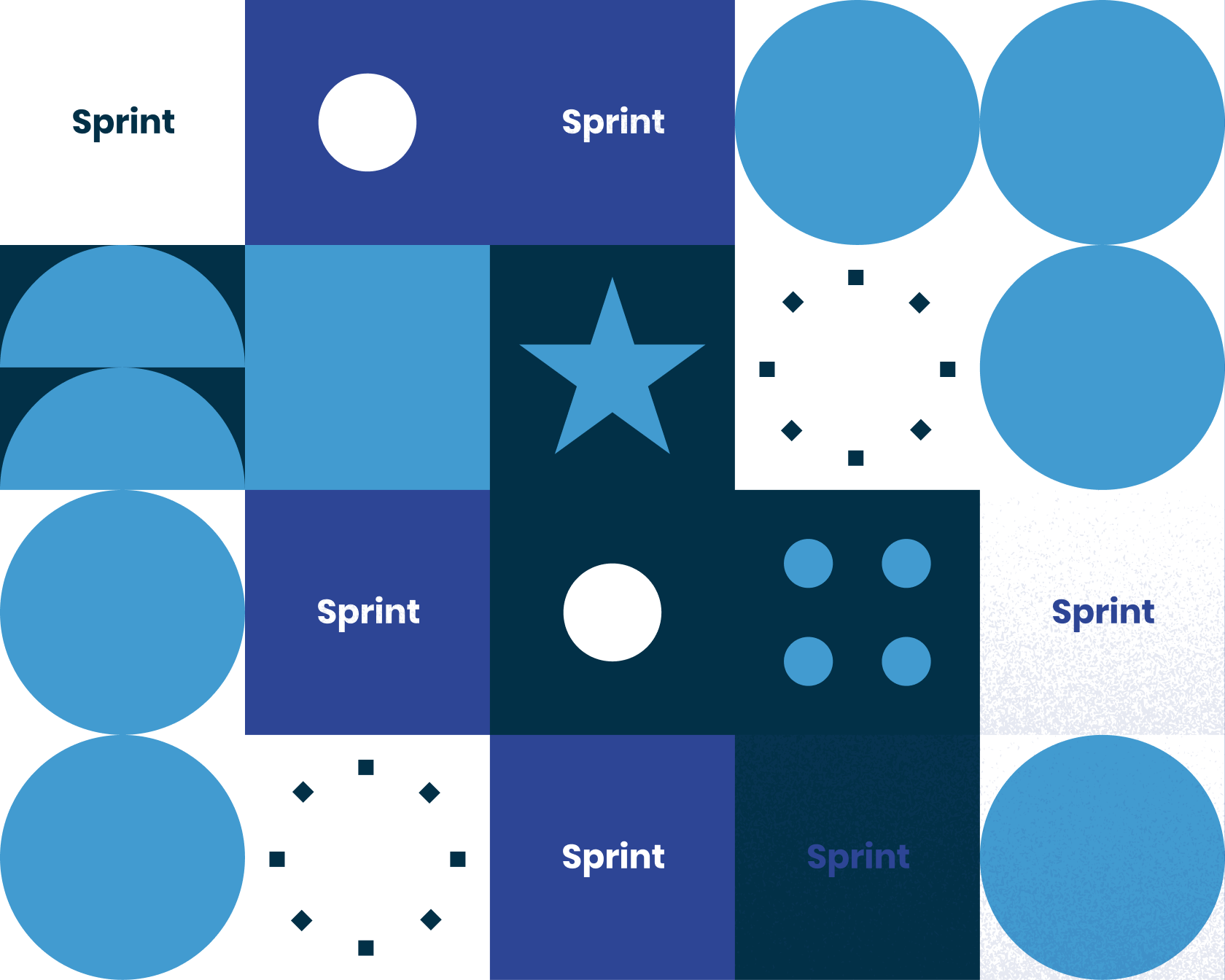
Wrapping Up
Everyone is in the room in a sprint, and the time spent working together brings about a result. This is a process, not a single event. The team members must meet regularly, work together as a unit, and communicate openly throughout the process.
Sprints are ideal for companies to gain new insights and increase innovation capacity.
In the world of startups, new products are launched every day. You don't have the luxury of experimenting with alternate solutions, and you must get it right first or go back to the drawing board. To deliver against timelines and customer expectations, you must be able to run experiments quickly. Sprints are a dynamic tool that can help you gain clarity, make real progress, and scale.
